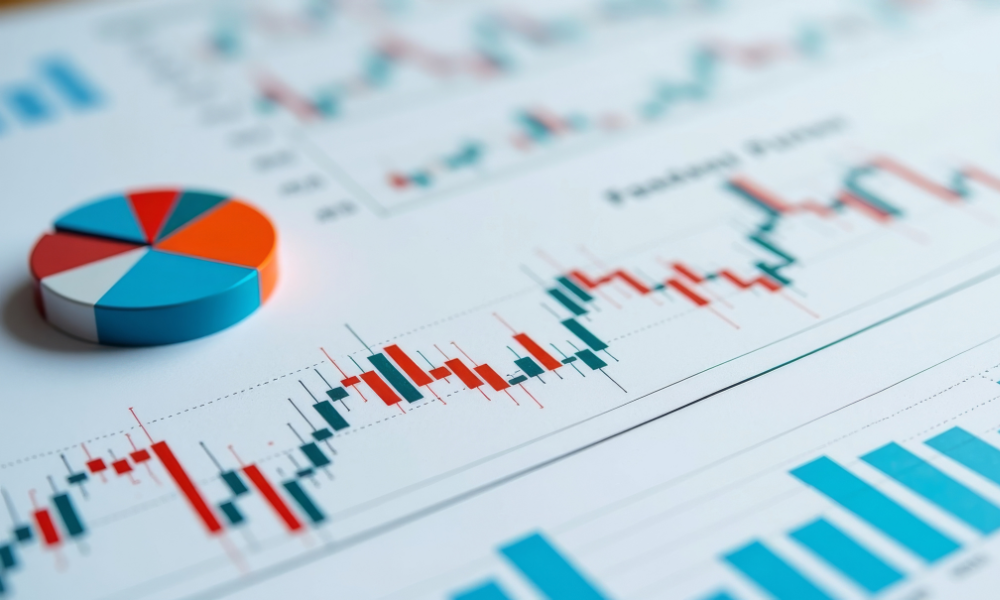Demand for sustainable investments might be significant enough to sway the behaviour of governments

Amid the ESG renaissance in financial markets over the past few years, companies and governments alike have shown a growing interest in promoting sustainability through the issuance of green bonds. And according to new research, investors might be rewarding those efforts.
Investor interest in ESG is creating a thriving market for green bonds, which are used to finance projects and efforts in support of environmental objectives. With more capital flowing into the space, prices for the bonds are rising and yields are falling – leading to slightly cheaper borrowing costs compared to conventional bonds.
One way to measure that cost differential is the so-called “greenium,” which many bond analysts worldwide have been attempting to quantify. A team of those analysts, led by Thierry Roncalli of Amundi SA, has found issuers of green bonds have received a premium of up to 0.11%, reported the Wall Street Journal.
“Our results show borrowers get an advantage from issuing green bonds,” said Roncalli, head of Amundi’s quantitative research department, told the Journal.
Borrowing costs are plumbing near-historic lows as a broad bond market rally has collided with dovish monetary policy at central banks around the world. Still, investors with sustainability goals appear willing to leave money on the table as they show a propensity to lend to green projects at even lower rates.
One case in point is the US$1-billion green bond issued in September by Verizon, which company treasurer Scott Krohn said collected a roughly 50% bigger premium than the first green bond it sold in February 2019. The premium investors paid on the recent deal was roughly 0.14 percentage point, which lowered the annual interest expense on the debt by an estimated US$1.4 million.
“The greenium is a data point that shows the advantage of green borrowing to corporations, and it will encourage more corporations to enter the market,” said Marilyn Ceci, JPMorgan’s global head of environmental, social, and governance debt capital markets division.
Until recently, green bonds have had little attraction for investors outside Europe, and had come with lower prices – and consequently higher borrowing costs – than conventional bonds. But with more investors embracing ESG investing principles with a view to addressing global problems and reducing portfolio risk, green bond sales have accelerated: the Climate Bonds Initiative reports that sales for September set a monthly record of US$32 billion, which brought the overall market to nearly US$1 trillion.
“In 2015, 20% of the institutional investor requests for proposals we received required an ESG filter,” Roncalli said. “Today that figure is 70%.”
While the data around green bonds is promising, significant uncertainty remains. Citing International Finance Corp., the Journal reported that green bonds represented just 3% of global issuance in 2019. Coupled with the sheer variation in due dates and yields across the fixed-income universe, finding adequate samples to generate reliable statistical results can be challenging.



